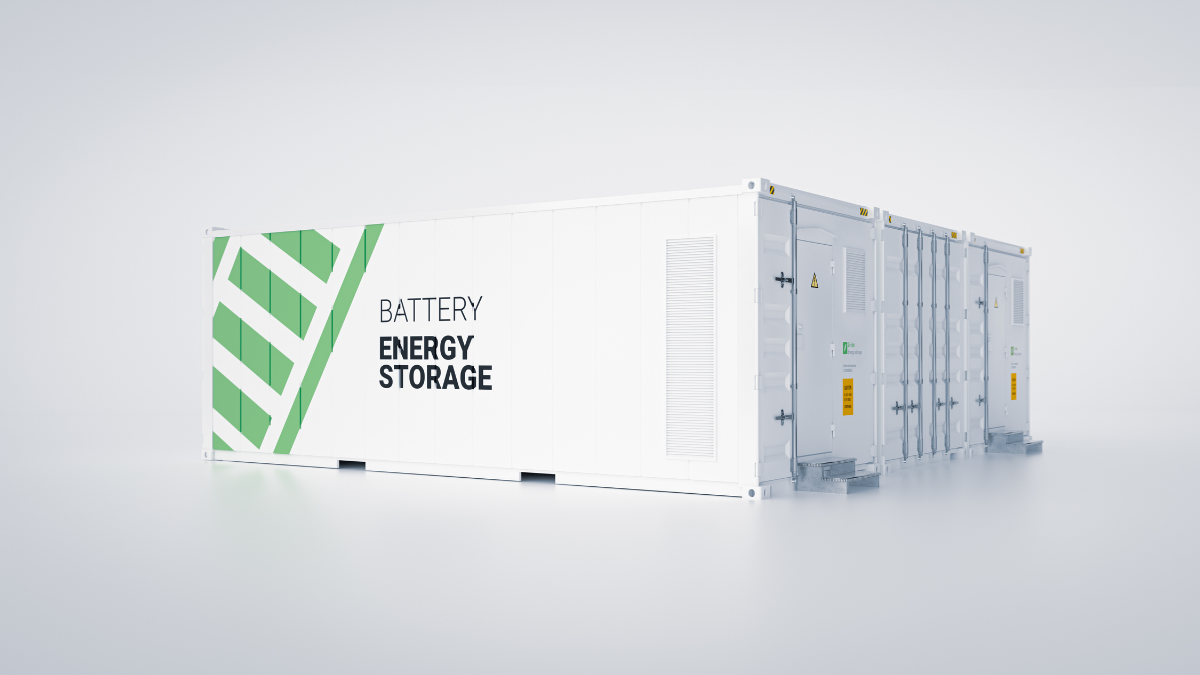Echogen Power Systems has announced that its strategic partner, Westinghouse Electric Company, has signed a Memorandum of Understanding (MoU) with Vodohospodárska Výstavba (VVB) to plan the development of Europe’s first grid-scale pumped thermal energy storage (PTES) system in Slovakia. This project represents a major advancement in the effort to create more resilient and low-carbon energy infrastructure across the continent.
Echogen is known for its innovative use of supercritical carbon dioxide (sCO₂)-based PTES technology, which offers a promising solution for long-duration energy storage. In collaboration with Westinghouse, Echogen aims to expand the global deployment of such storage systems. The planned facility in Slovakia will be the first of its kind in Europe, providing gigawatt-hour-scale energy storage capacity. It will store surplus electricity generated by VVB’s hydropower stations and release it back to the national grid when demand rises.
The agreement includes conducting a detailed feasibility study and a front-end engineering and design (FEED) phase. These steps will help determine the optimal configuration of the PTES system before construction begins. The facility is expected to be completed and operational by 2030, and the project will prioritize the use of local suppliers and workforce. In doing so, it is expected to stimulate economic development in the region and serve as a reference model for similar projects in other parts of Europe and beyond.
Rob Bernard, Chief Commercial Officer of Echogen, stated, “This project represents a transformative step forward for clean energy in Europe. We are thrilled to bring our advanced sCO₂-based PTES technology to Slovakia in partnership with Westinghouse and VVB. Together, we are enabling a more flexible, reliable, and sustainable energy future for the region.”
Once operational, the PTES facility will significantly enhance Slovakia’s energy storage capacity. It will help maximize the use of renewable energy sources, stabilize the grid, reduce dependence on fossil fuels, and support the European Union’s broader goals around decarbonization and energy independence.
Echogen’s PTES technology functions by using electricity to power a heat pump, creating a thermal energy differential that is stored and later reconverted into electricity using a high-efficiency heat engine. This method offers a competitive levelized cost of storage for long-duration applications and is compatible with multiple types of energy sources, including hydro, solar, wind, thermal, and even conventional systems.
Related
Discover more from SolarQuarter
Subscribe to get the latest posts sent to your email.



